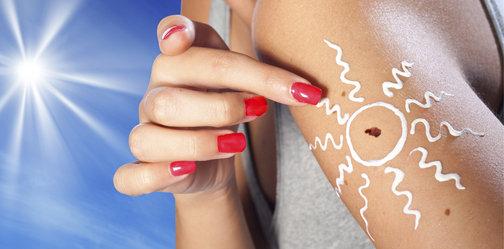Surprisingly for such a common problem there is no standard treatment for primary snoring or snoring associated with a mild obstructive sleep apnoea (a sleep disorder in which the person stops breathing for at least 10 seconds each hour during sleep, caused by relaxation of the throat muscles – the soft tissue in the back of the throat collapses and closes, resulting in blocked airways).

But there might be hope yet for those sleepless bed partners. A Brazilian study has found that mouth and tongue exercises can significantly reduce the frequency of snoring by 36% and the total power of snoring by 59%. The exercises include:
• Pushing the tip of the tongue against the roof of the mouth and sliding the tongue backward
• Sucking the tongue upward against the roof of the mouth, and pressing the entire tongue against the roof of the mouth
• Forcing the back of the tongue against the floor of the mouth while keeping the tip of the tongue in contact with the bottom, front teeth
• And elevating the back of the roof of the mouth and uvula while saying the vowel “A”.
Got to be worth a try, surely?
http://www.chestnet.org/News/Press-Releases/2015/05/Snoring-keeping-you-up-at-night







